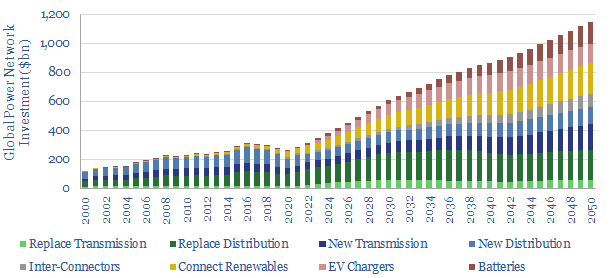Power grids: global investment?

…note that our classification of power grids excludes (a) investments in primary energy production, such as renewables, nuclear, and hydro (b) investments in large conventional power-generating plants (c) downstream investments…

